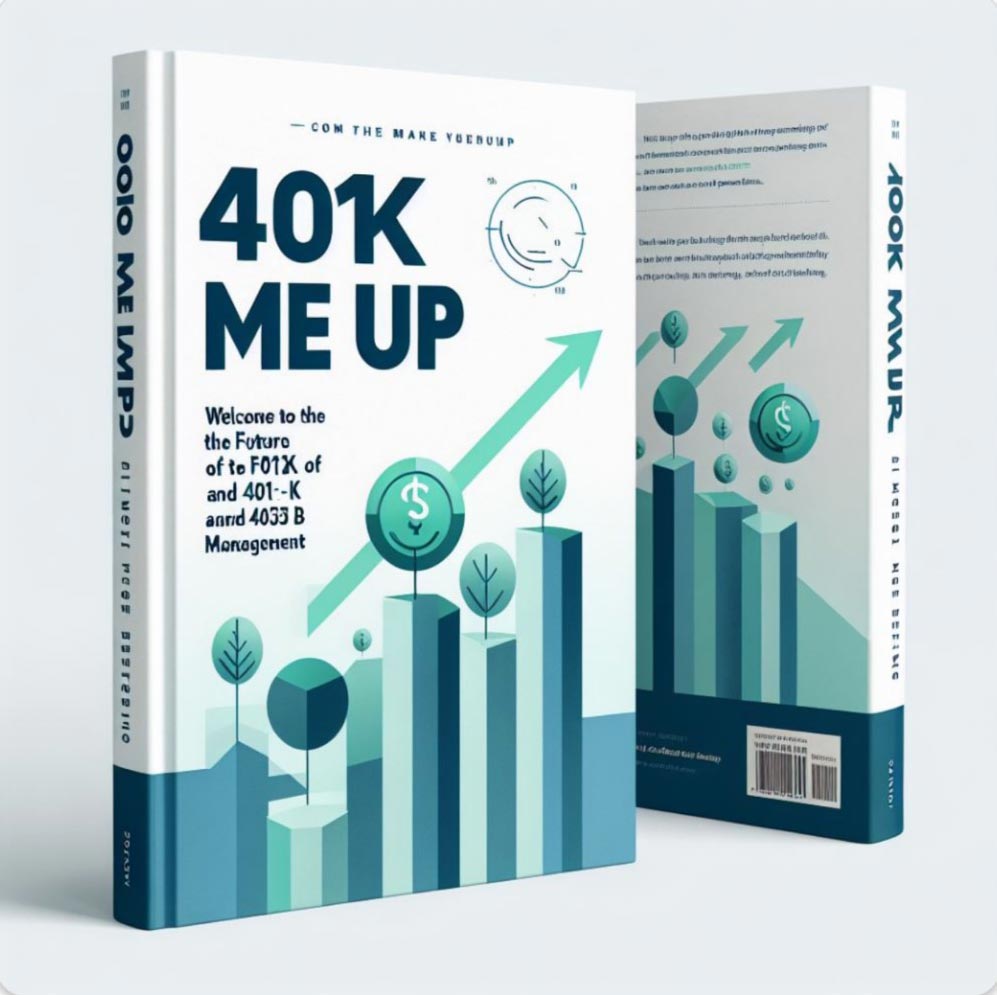Many employees sign up for their 401(k) plans and never think about them again—especially when it comes to updating their beneficiary designation. But what happens to your 401(k) when you pass away? If your beneficiary information is outdated, missing, or incorrect, it could create unnecessary complications and delays for your loved ones. Keeping your beneficiary information current is one of the simplest yet most crucial steps in securing your family’s financial future.
Why Keeping Your 401(k) Beneficiary List Updated Is Essential
Failing to update your beneficiary designation can create significant problems, such as:
- Assets Going to the Wrong Person: If your beneficiary information is outdated, your 401(k) could end up in the hands of an ex-spouse or a deceased relative.
- Delays in Distribution: Without a valid beneficiary designation, your 401(k) assets may have to go through probate, delaying access to the funds.
- Higher Taxes & Fees: Without proper planning, beneficiaries could face unnecessary tax consequences or restrictions on how they can use the inherited funds.
Regularly reviewing and updating your beneficiary designation ensures your 401(k) will be distributed according to your wishes.
How to Start a Claim Process When an Employee Dies
If an employee passes away, the beneficiary or estate executor will need to claim the 401(k) funds.
Here’s a step-by-step guide to navigating the process:
- Locate the Plan Administrator: Contact the deceased’s employer or the financial institution managing the 401(k). If the company has changed providers, you may need to track down the new administrator.
- Gather Necessary Documents:
- A certified copy of the death certificate
- Proof of identity for the beneficiary (such as a driver’s license or passport)
- The completed claim forms from the 401(k) provider
- A copy of the 401(k) plan statement (if available)
- Review Distribution Options:
- Spousal Beneficiaries: A surviving spouse can roll over the 401(k) into their own IRA, maintaining tax-deferred growth and delaying required minimum distributions (RMDs) until their own retirement.
- Non-Spouse Beneficiaries: Children or other heirs may need to roll the funds into an Inherited IRA (also called a Beneficiary IRA), which typically requires them to withdraw the funds within 10 years to comply with IRS rules.
- Lump Sum Payout: While taking a lump sum is an option, it may trigger significant tax liabilities.
- Consult a Financial & Tax Advisor: Understanding the tax implications and investment strategies for inherited 401(k) funds is crucial. An advisor can help navigate the best course of action.
The Pitfalls of Finding Old 401(k) Plans & The Need for Consolidation
Losing track of old 401(k) accounts can create a nightmare for your beneficiaries. Common issues include:
- Difficulty Locating Funds: If your loved ones don’t know where your 401(k) is held, they may struggle to claim it.
- Unclaimed Assets: Millions of dollars in retirement assets go unclaimed because beneficiaries can’t find them.
- Missed Investment Opportunities: Consolidating old 401(k) accounts into one manageable plan can help ensure beneficiaries receive the full value of their inheritance without delays.
Best Practices for 401(k) Beneficiary & Plan Management
- Review Beneficiary Designations Annually: Life changes such as marriage, divorce, or having children should trigger a review of your 401(k) beneficiaries.
- Keep Records Organized: Make sure your spouse or children know where to find your 401(k) plan details.
- Consider Consolidation: If you have multiple 401(k) accounts from past jobs, rolling them into a single IRA or your current employer’s plan can make it easier to manage and ensure your heirs won’t struggle to locate them.
- Work With an Advisor: A financial planner can help ensure your retirement assets are structured in a way that benefits your heirs while minimizing taxes.
Take Action Today
Ensure your 401(k) assets are easily accessible and properly distributed to your loved ones by keeping your beneficiary information up to date.
Download our free 401(k) Beneficiary & Claims Guide to help you navigate the process, consolidate old plans, and plan for your family’s financial security.












